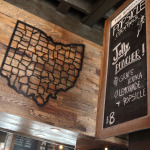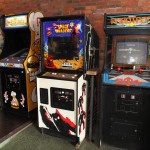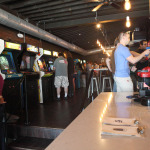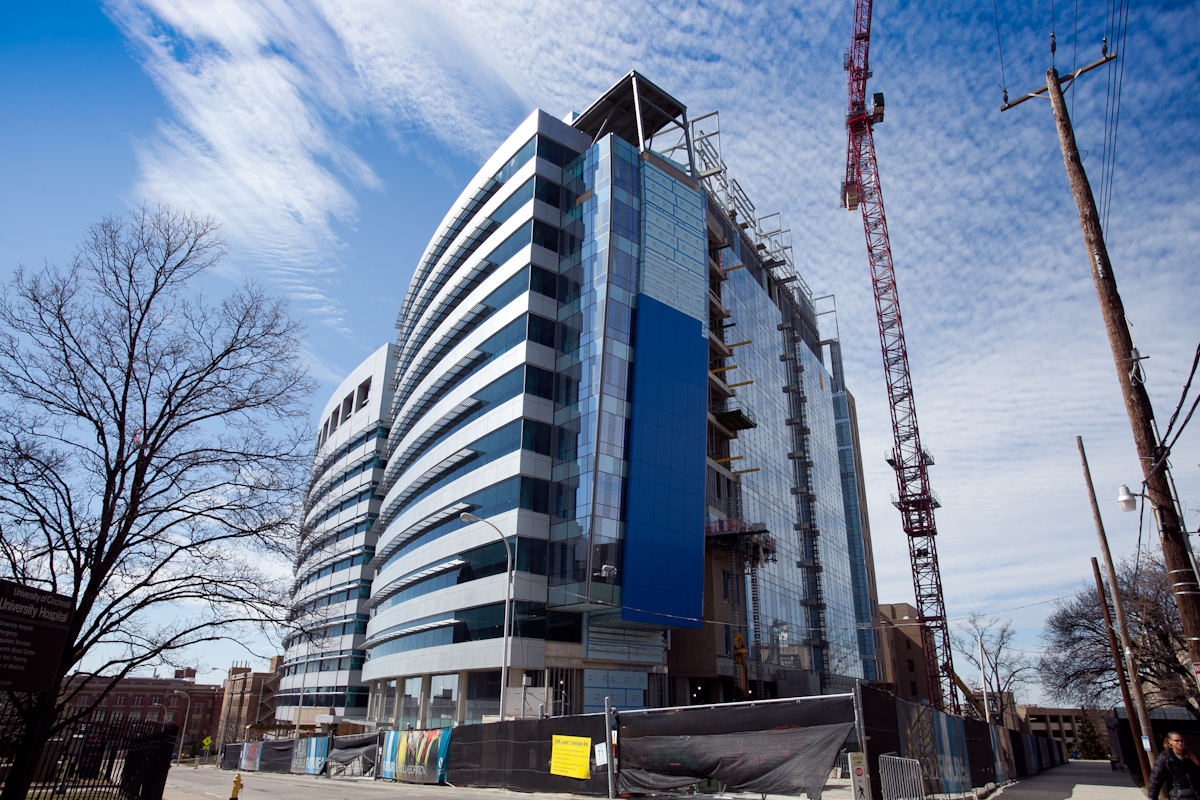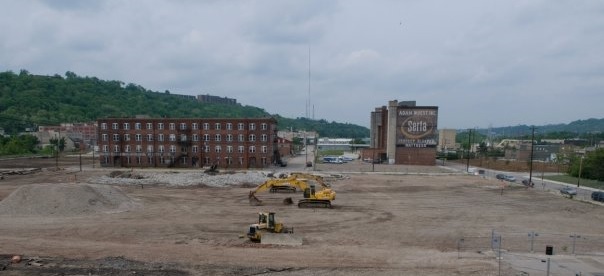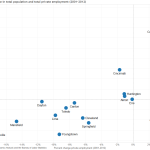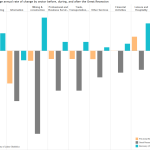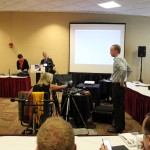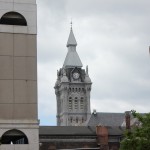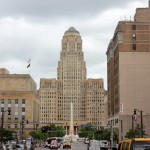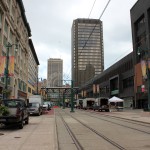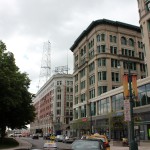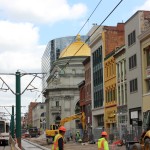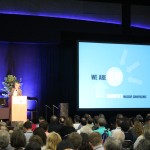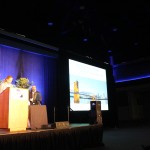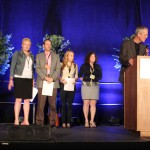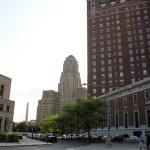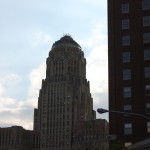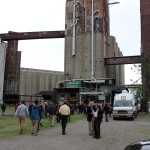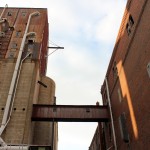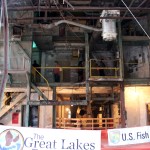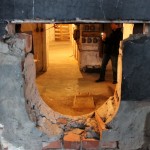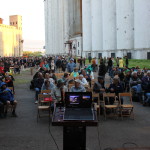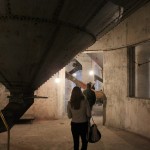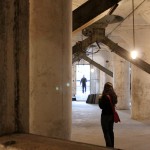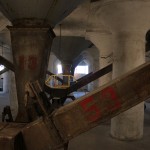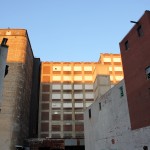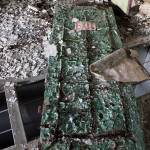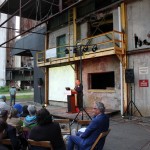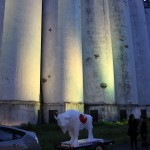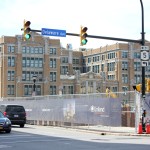Troy Allen announced through our friends up north at Columbus Underground that the wildly popular 16-Bit Bar+Arcade will open a Cincinnati location in 2015.
The Columbus-based business opened its first “barcade” to overflowing crowds late last summer and added a Cleveland-area bar in Lakewood earlier this year.
It’s the kind of place that is perfect for those that want to cherish their memories of the late 1980s. Not only do the arcade games date back to that time, but the cocktails served at 16-Bit Bar+Arcade also take their names from the icons of that era.
While there is no food provided, Allen says that customers are always able to bring food in from neighboring restaurants. That means that you can hang out, eat and drink inside while playing throwback arcade games and enjoying music and television from the ‘80s and ‘90s.
“It’s a throwback concept; when you step inside, you’re really immersing yourself in the ’80s and early ’90s,” Allen explained. “It’s next to impossible not to smile about something.”
The barcade would have opened in Over-the-Rhine even sooner had 3CDC had its way, but the owners were not quite ready for expansion a year ago. Allen did say, however, that they have been looking at spaces in Over-the-Rhine for the past year; and that he’s happy to finally have the paperwork signed.
Occupying 4,300 square feet at Mercer Commons, the Cincinnati location will be the largest 16-Bit to-date. Allen says that it will have almost the same style as their locations in Columbus and Cleveland; and that they will have the same amount of arcade games, but with a bit more room to move around. Located at the corner of Walnut and Mercer Streets, the location will also have garage doors that open up along Mercer.
“We are dedicated to giving everyone that walks through our door a killer experience while exceeding their expectations,” Allen said. “We truly appreciate the feedback and input, we will continue to evolve and refine the business to meet as many expectations as possible.”
Once open, 16-Bit Bar+Arcade will be open Monday through Friday from 4pm to 2:30am, and Saturday to Sunday from 12pm to 2:30am. The owners are aiming to open up sometime in the first quarter of 2015.
EDITORIAL NOTE: All five photos were taken by Flickr user Sam Howzit in July 2014.


